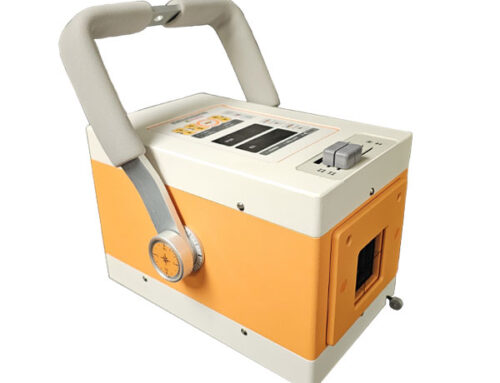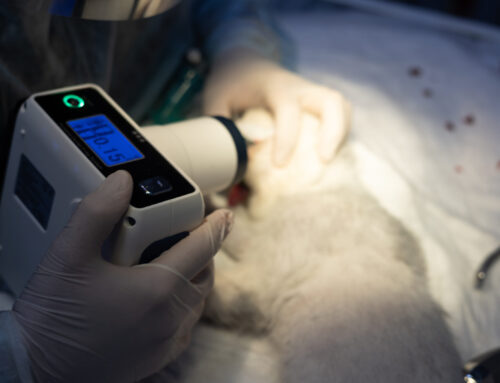Osteosarcoma refers to the most common bone tumor found in dogs. It destroys normal bone, leaving in its place abnormally brittle and fragile bone that is prone to fracture. Osteosarcoma is an aggressive cancer that spreads quickly to other parts of the body long before it is detected.
Bone cancer can be found in cats as well, but it is rare. Large and giant breed dogs have the greatest incidence of bone cancer in their limbs. Rottweilers In particular, seem to be over-represented as a breed predisposed to bone cancer. The average age of dogs with osteosarcoma is 7 years. Males are more commonly affected than females. Smaller dogs can also get bone cancer, but the incidence is less common.
Causes
Current knowledge of the disease has not linked genetics or gender to the condition but, as stated above, bone cancer does appear more often in large to giant breeds of dogs. Some studies have shown a slight increase in the development of osteosarcoma among dogs that have experienced a blunt bone injury.
Clinical signs
Symptoms can be difficult to recognize and easy for an owner to confuse with less serious issues. Dogs affected with appendicular tumors are often lame. Sometimes the limb is enlarged, firm, and painful. In some cases, dogs suffering from bone cancer will appear tired or have anorexia. Occasionally, dogs will exhibit a mass growth on their body or a painful inflammation around the site of the tumor.
Osteosarcoma can spread quickly to the lungs and other organs so coughing and breathing difficulties are a long-term complication. In about 80% of cases, by the time the owner realizes something is wrong and brings their pet to the veterinary practice, it has metastasized to the lungs or heart.
Diagnosis
Digital radiography is the primary diagnostic tool; often several angles will be imaged to get an accurate picture. Radiographic signs of osteosarcoma include cortical lysis — where the outer margins of the bone start to dissolve —periosteal bone proliferation, which makes the edges of the bone look blurry on the radiograph, and soft tissue swelling. Radiography does not always provide a confirmed diagnosis but when assessed with the history of the pet, its age and the breed, it does make a bone cancer diagnosis more likely.
Other tests include biopsies, blood tests, bone scans, and CAT scans to view the bone areas.
Treatment protocols
Osteosarcoma is a terminal disease, meaning that there is no cure. The average life expectancy of a dog with osteosarcoma is 3 to 4 months. Bone cancer is painful; the patient will need powerful pain relief on a daily basis. Surgical intervention — usually the amputation of an affected limb — is possible, but amputation does not guarantee the prolonging of the animal’s life, although it does make the pain more bearable.
Chemotherapy can extend the life span of most dogs suffering bone cancer, by approximately one year. Sadly, they will succumb to the illness or need to be euthanized for humane reasons.






